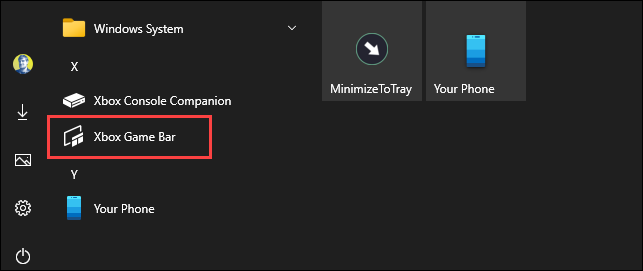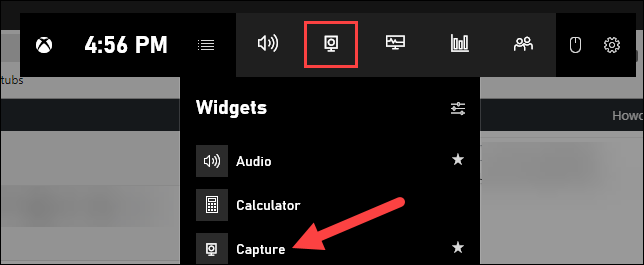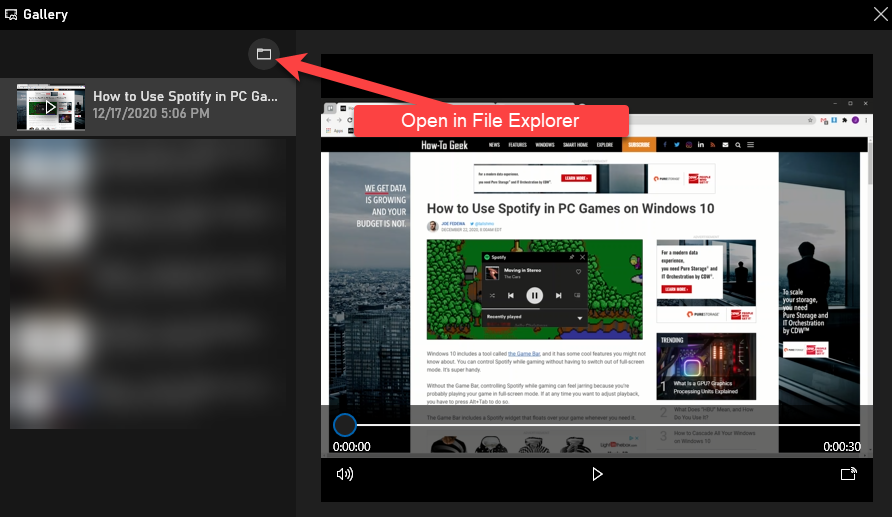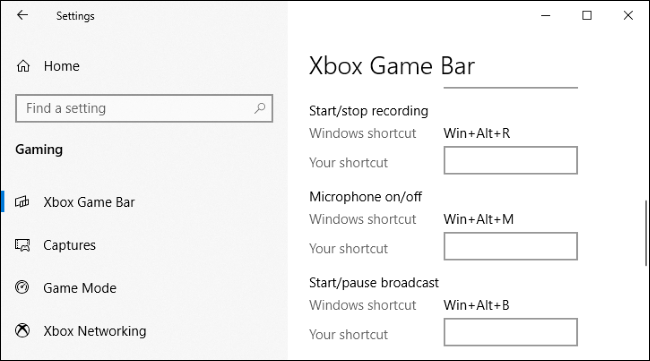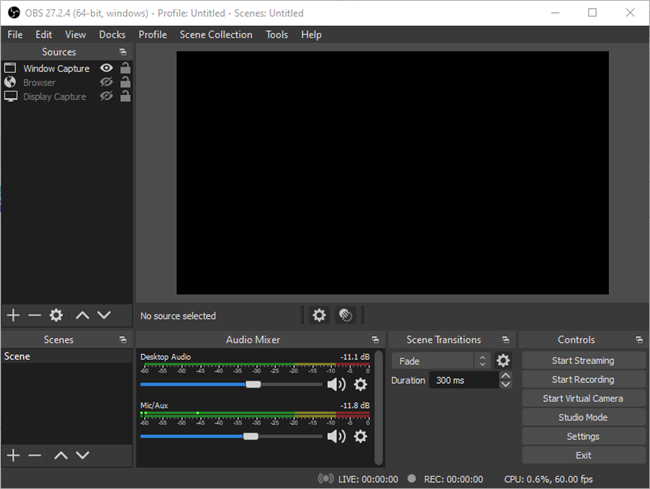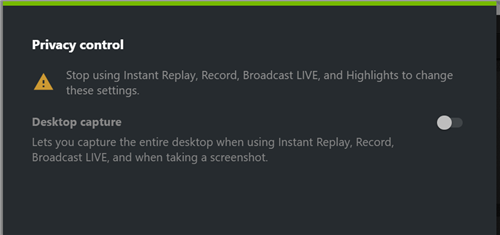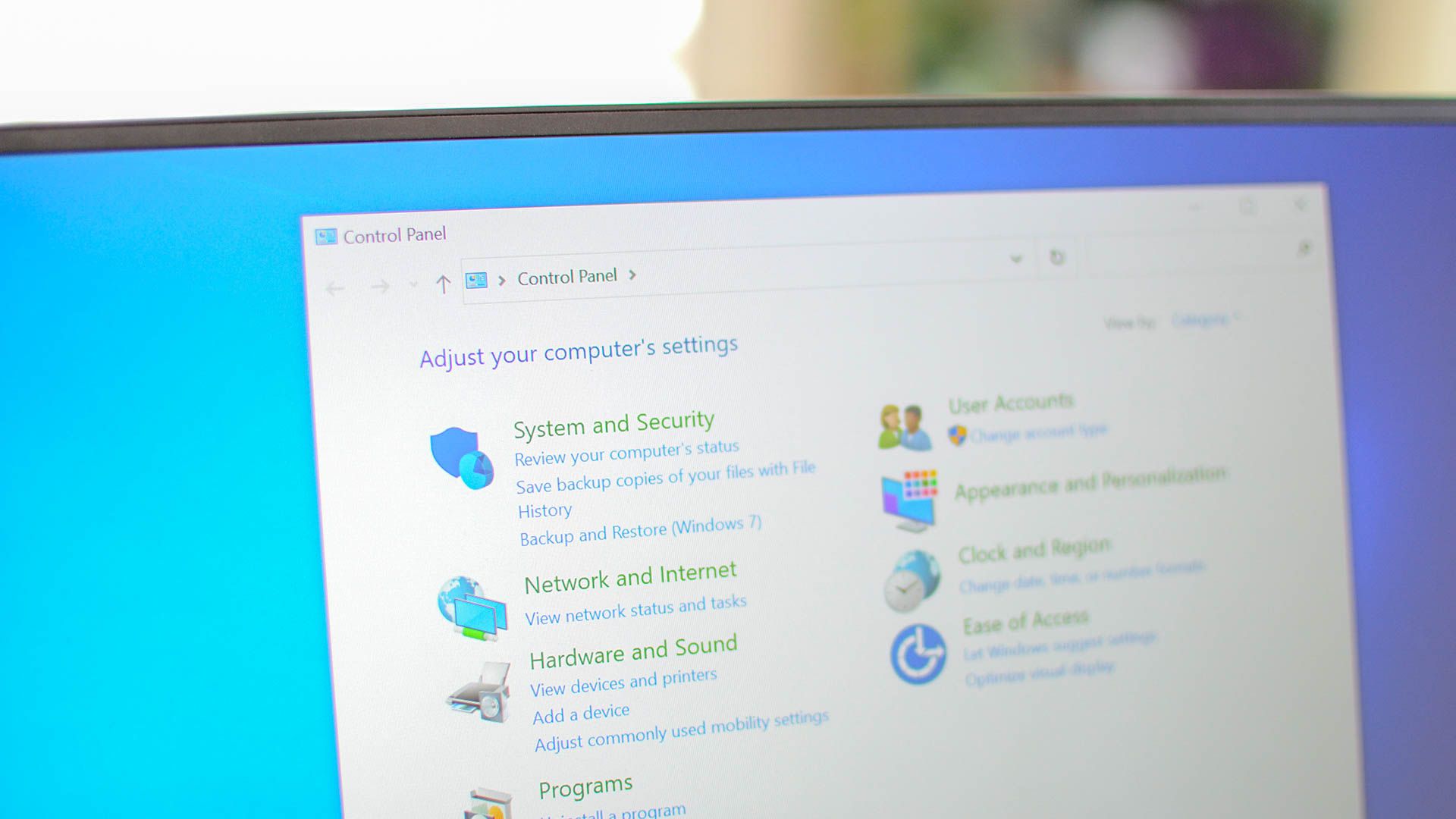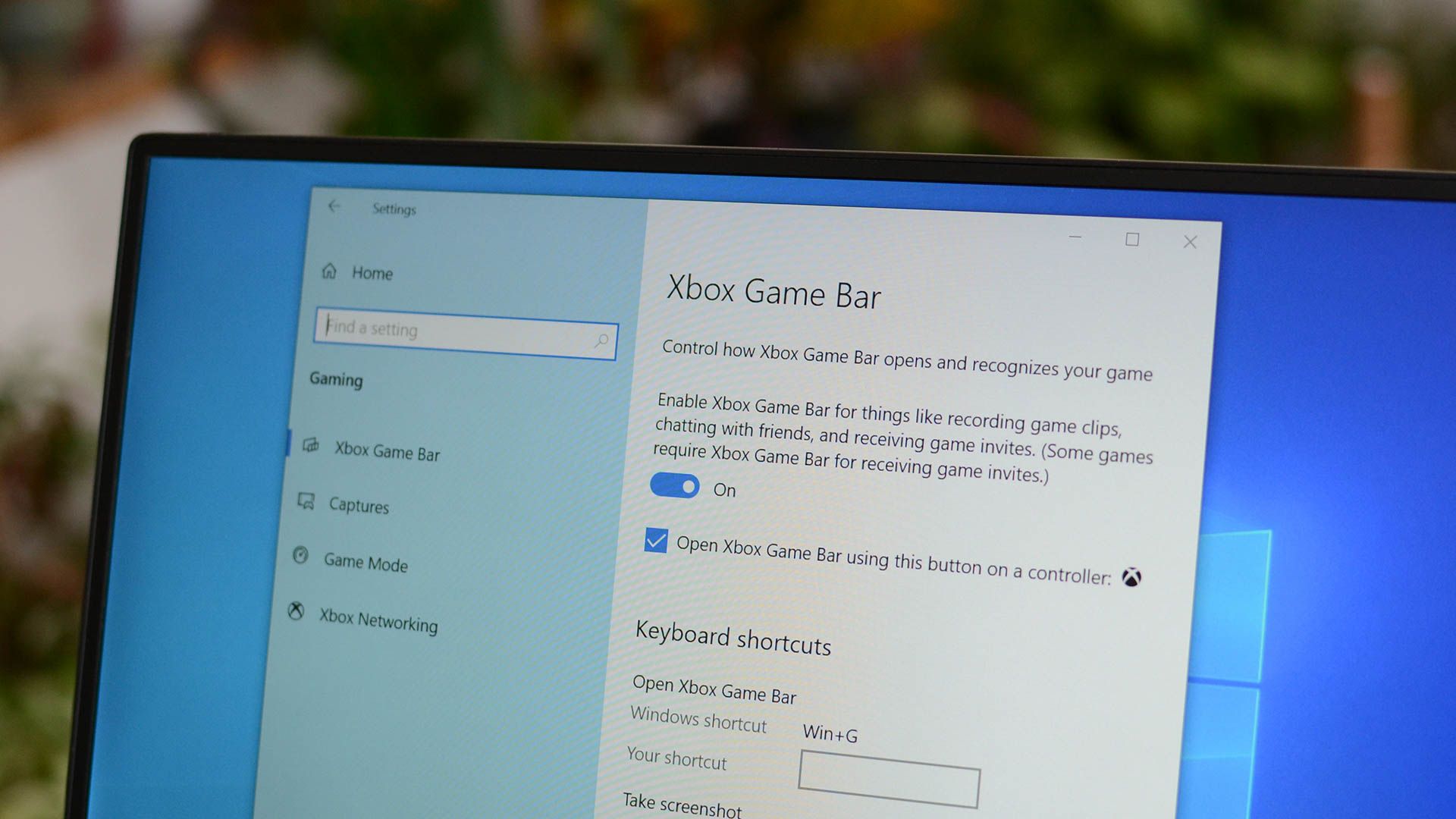
Key Takeaways
- Windows 10 has its own built-in screen recording tool that is accessed through the Xbox Game Bar (Windows+G).
- The Capture tool allows you to record your screen in H.264 MP4 format and provides options for taking screenshots and recording audio.
- There are third-party alternatives like OBS and NVIDIA ShadowPlay that offer more versatility and features, but Windows 10’s built-in tool is a convenient and simple option.
Windows 10 can record a video of your screen without any third-party software. Here’s how to find and use Windows 10’s easy-to-use Capture utility to record your display.
The Game Bar Isn’t Just for Gaming
Windows 10’s screen capture tool is part of the Xbox Game Bar. Despite what the name implies, the Game Bar is for more than just gaming. In this guide, we’ll be using it to make screen recordings.
The tool will capture a video of your screen in H.264 MP4 format.
Screen recording is part of the “Capture” widget, which is accessed through the Game Bar’s “Widget Menu” feature. To use the Widget menu, you’ll need Windows 10’s May 2019 update or later.
How to Launch Screen Capture on Windows 10
First, press Windows+G to launch the Game Bar. Alternatively, you can open the Start menu and launch the “Xbox Game Bar” application.
(If the Game Bar overlay doesn’t appear, head to Settings > Gaming > Xbox Game Bar. Ensure that the Game Bar is switched “On” here. You can also check the keyboard shortcut — you can switch “Open Game Bar” to any key combination you like instead of Windows+G.)
In the Game Bar overlay screen, look for the “Capture” window.
If you don’t see it, click the Widget menu icon on the left. It looks like several lines with bullet points to their left.
A drop-down list will appear; click “Capture.” The “Capture” shortcut may also be in the Game Bar toolbar.
How to Screen Record on Windows 10
Look for the “Capture” widget window in the overlay. There are four buttons on the Capture widget (from left to right):
- Screenshot: Takes a screenshot of the active window.
- Record last 30 seconds: Creates a recording of the previous 30 seconds.
- Start recording: Starts recording your active window.
- Turn on mic while recording: If this option is enabled, Windows 10 will capture audio from your computer’s microphone and include it in the recording.
You’ll notice text underneath the buttons. This is how you’ll know what the active window is, aka what will be recorded. For example, if you’re browsing the web, it will show the title of the open tab.
To start recording your screen, you must first decide whether you want to use your mic, which is useful if you’re trying to explain something on the screen.
Next, simply click the Start Recording button.
The screen recording will begin, and you’ll see a little toolbar appear in the corner of the screen. It will show the running time of the recording, and it also has buttons to stop recording and toggle the microphone.
When you’re finished, click the Stop icon to end the recording.
In the Capture widget, click “See My Captures” to see your recording.
Your recording will be at the top of the list. Click the folder icon to see all recordings and screenshots in File Explorer.
These recordings are stored under your Windows user folder at C:\Users\NAME\Videos\Captures by default.
By the way, you can also start recording your screen by pressing Windows+Alt+R by default. Head to Settings > Gaming > Xbox Game Bar to customize these keyboard shortcuts.
That’s it! Who knew Windows had such a simple screen recorder built in? Now you do.
Third-party Ways to Record on Windows 10
The Xbox Game bar is convenient, but it isn’t the most versatile tool out there. There are plenty of options, but two stand out above the others:
Use OBS to Record Windows 10
Open Broadcast Software, usually just called “OBS” by users, is immensely popular with gamers and streamers, and for good reason — it works.
It is significantly more versatile than the options built into Windows, and supports streaming to Twitch, YouTube, or other platforms. It can also just function as a screen recorder if you’re looking to save your gameplay or record your desktop.
Use NVIDIA ShadowPlay to Record Windows 10
ShadowPlay comes bundled with NVIDIA’s GeForce Experience software.
ShadowPlay is less fully featured than OBS, but has a few advantages: if you have an NVIDIA GPU, it is built-in, and it has a low resource overhead. That means it shouldn’t hurt your performance if you’re recording gameplay, and you definitely won’t notice if you’re recording your desktop. Just open up ShadowPlay settings, then head to ” Privacy Control” and hit the toggle next to “Desktop Capture.” You’ll be able to use all of the controls just like you normally would in a game.
While you’re at it, learn how to easily record your screen on Windows 11, Android, iPhone, Mac, and Chromebook.

